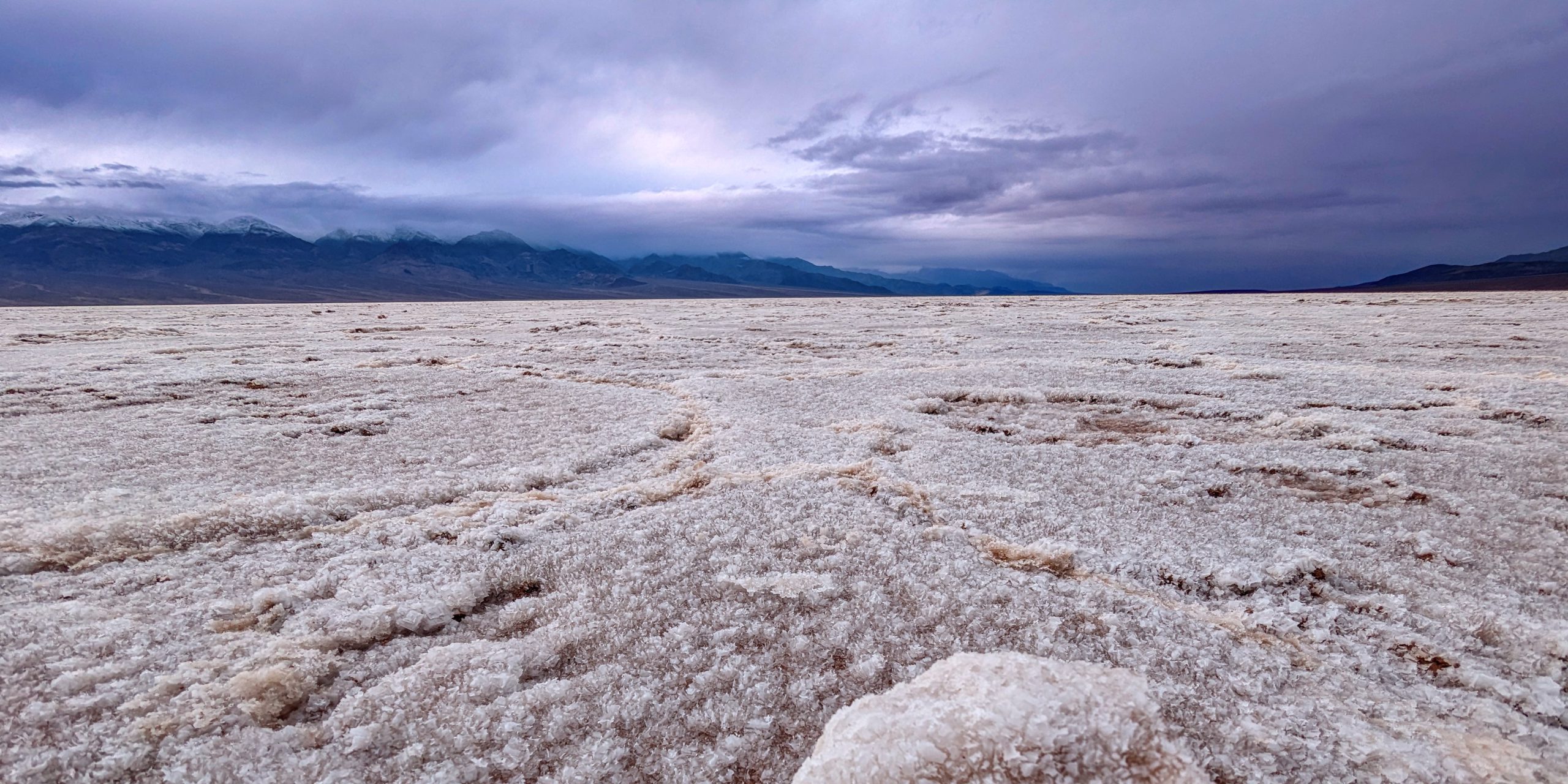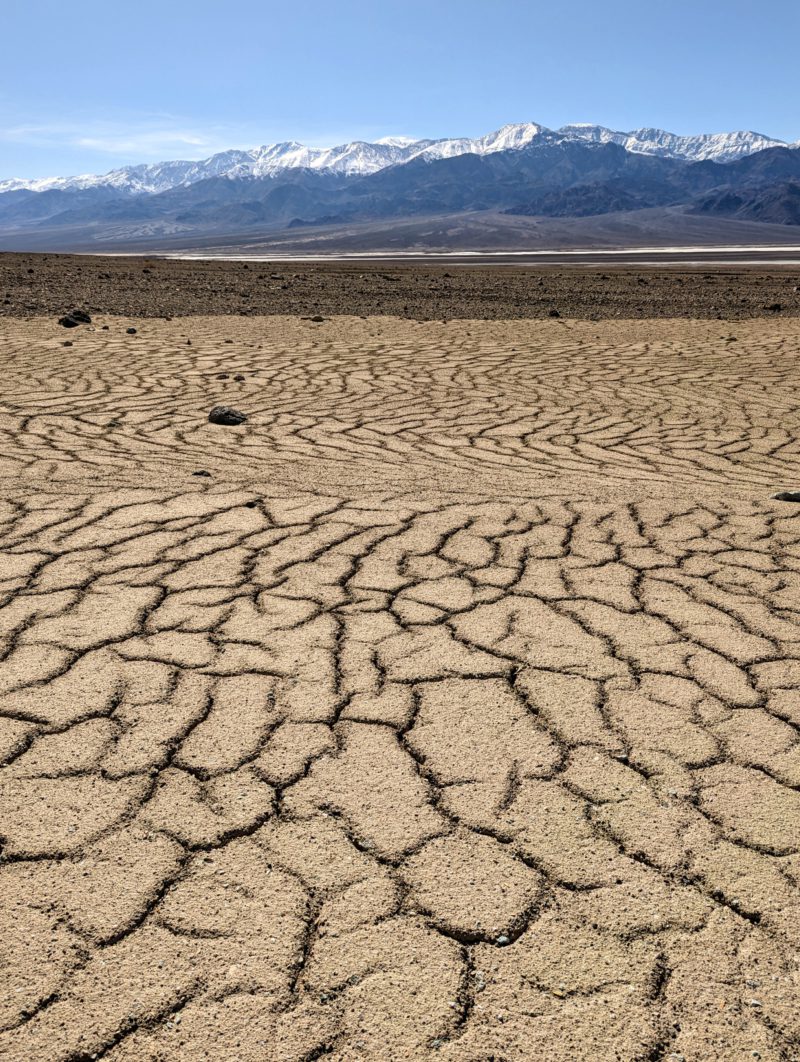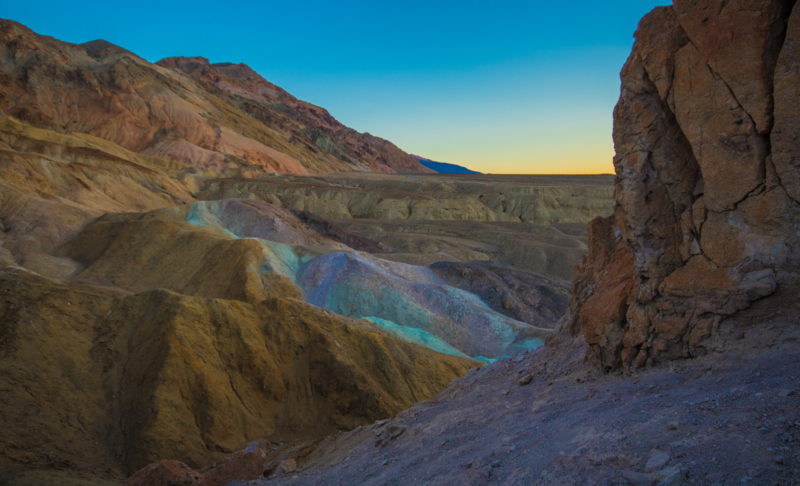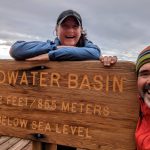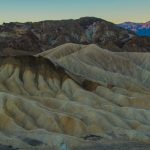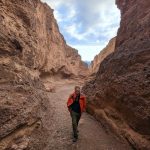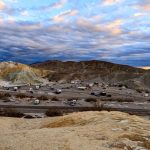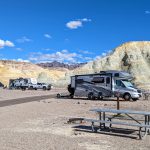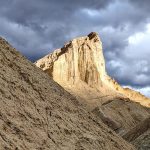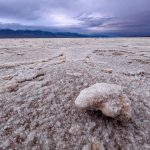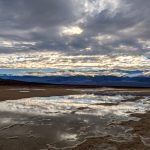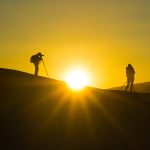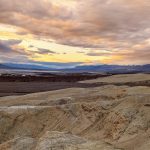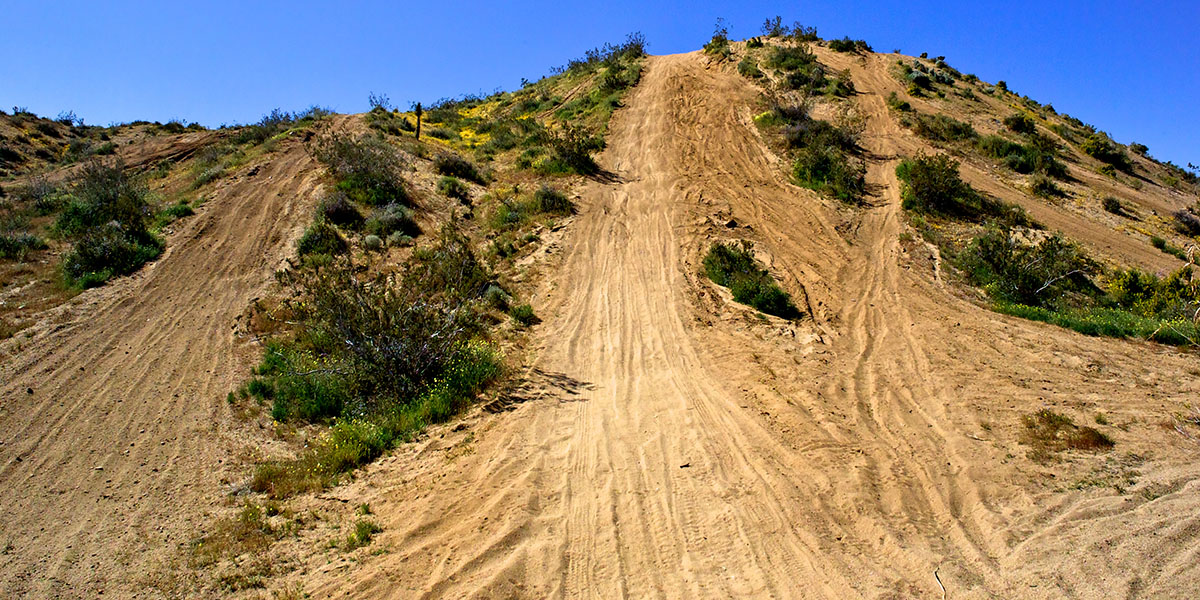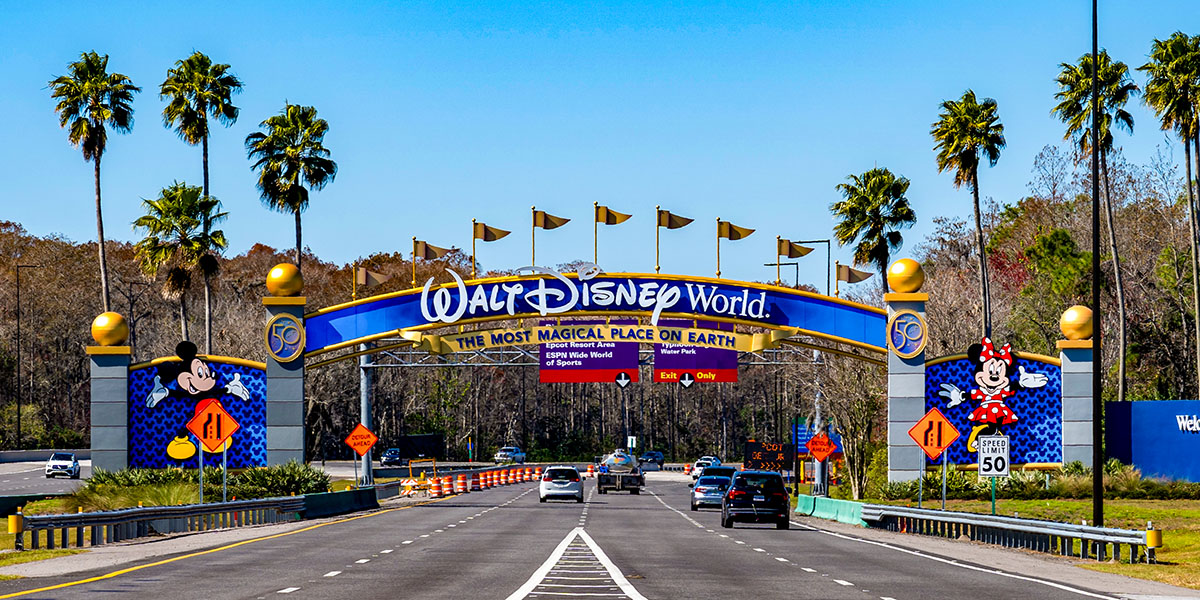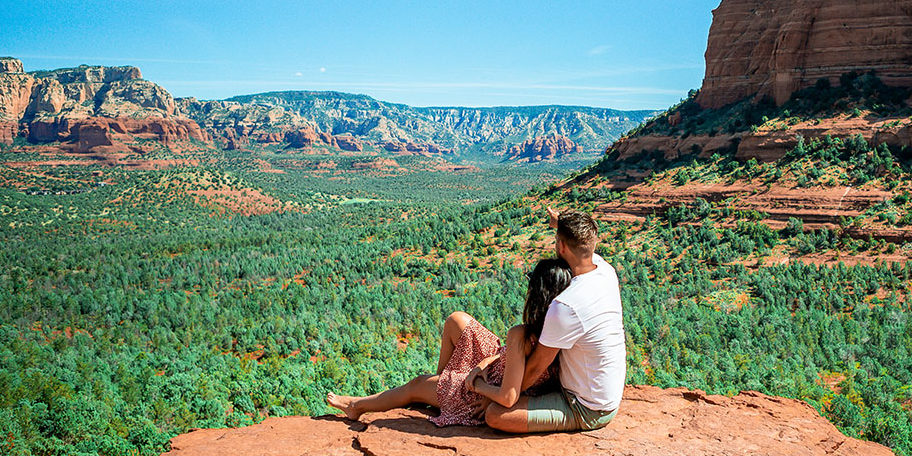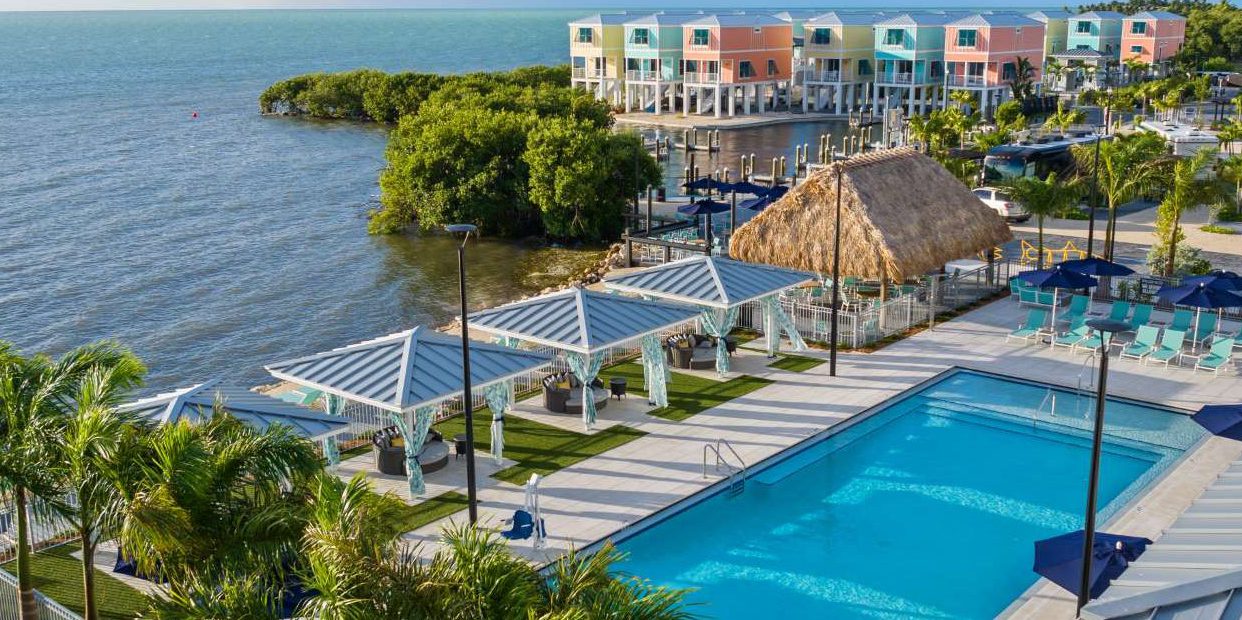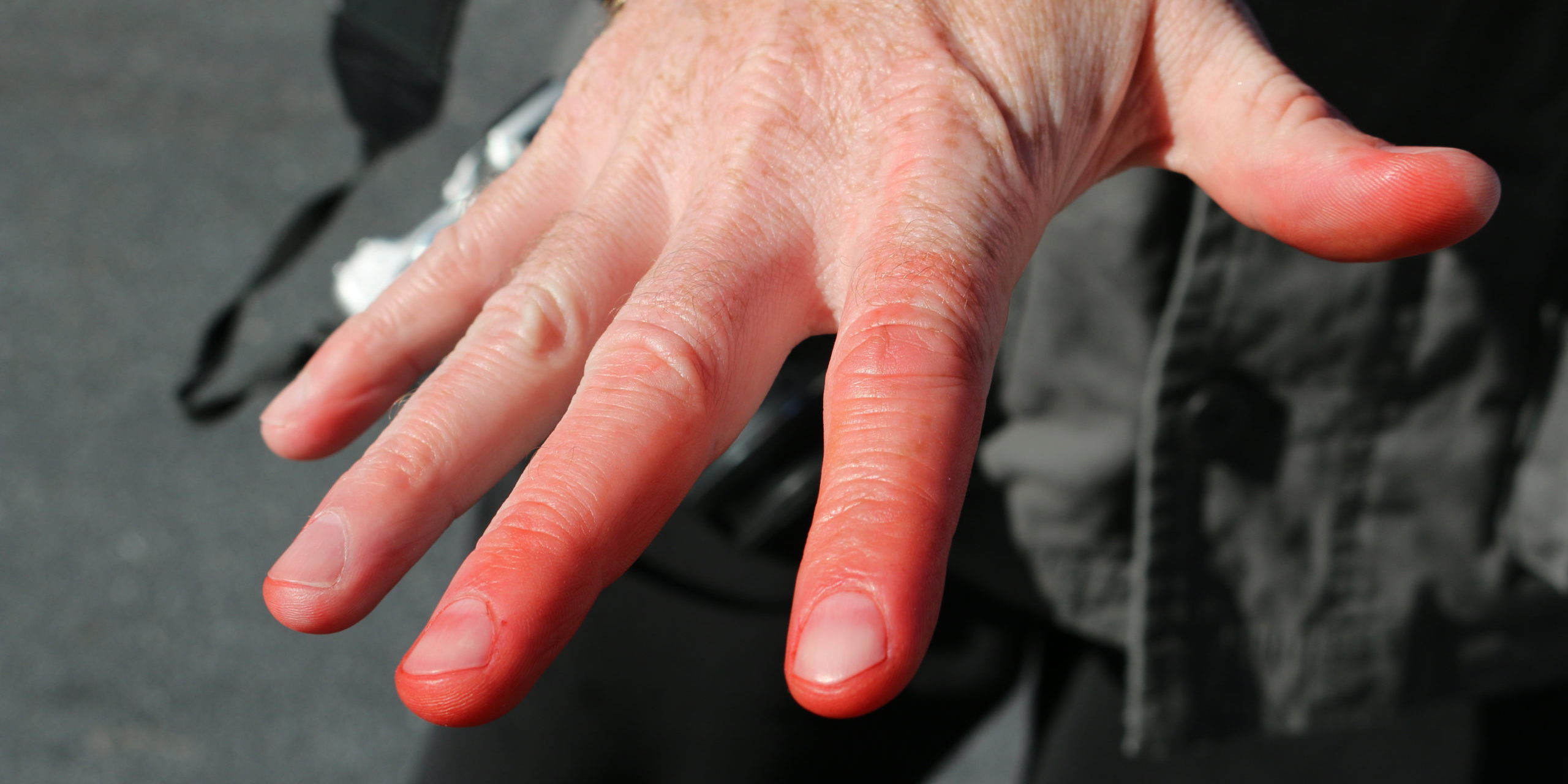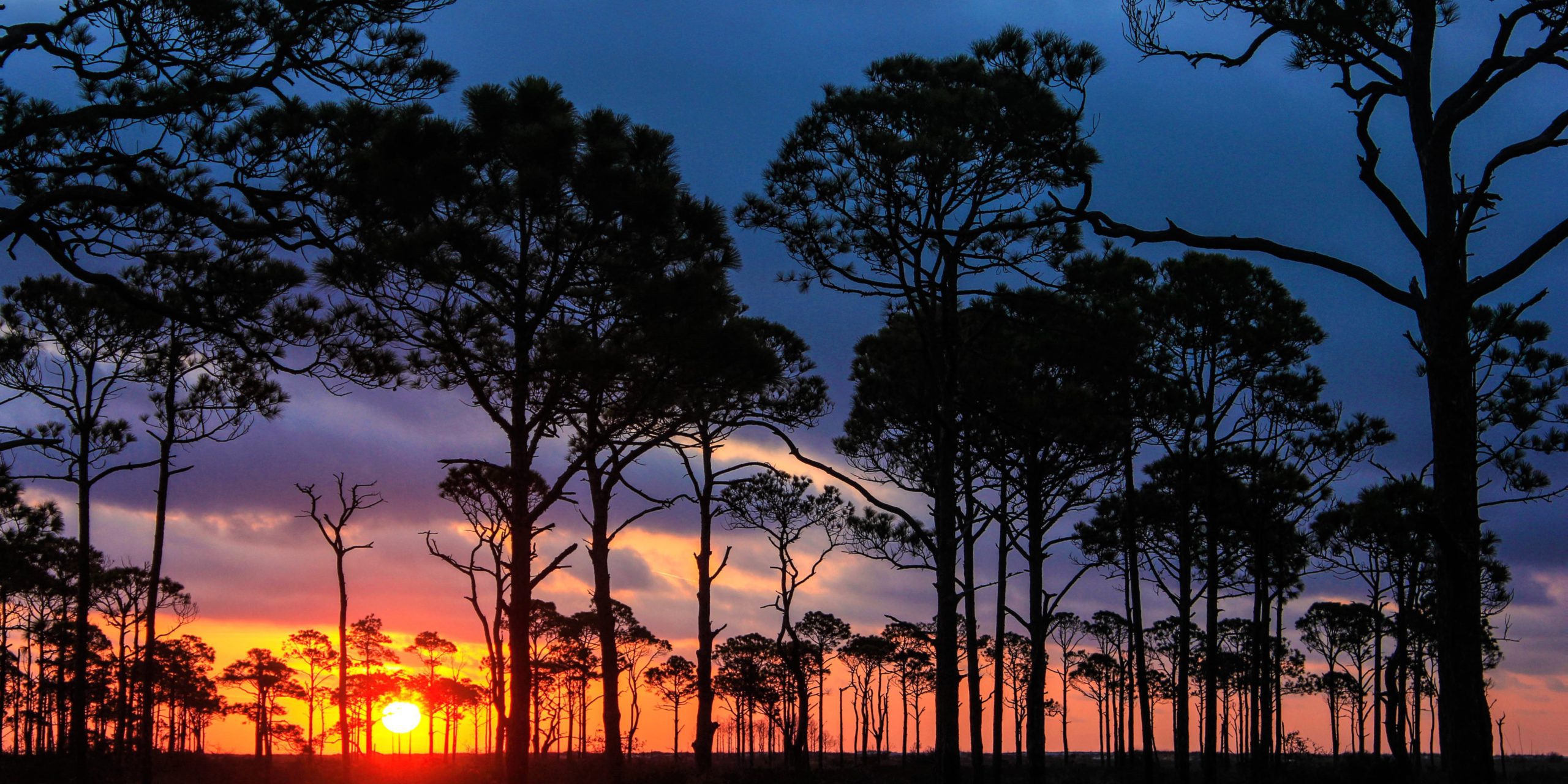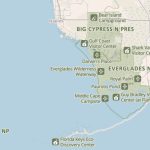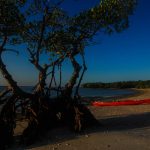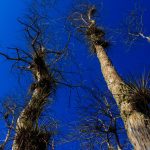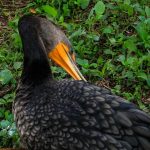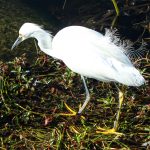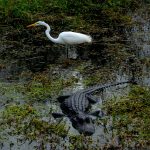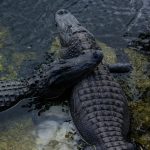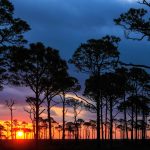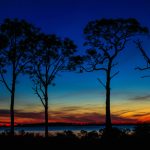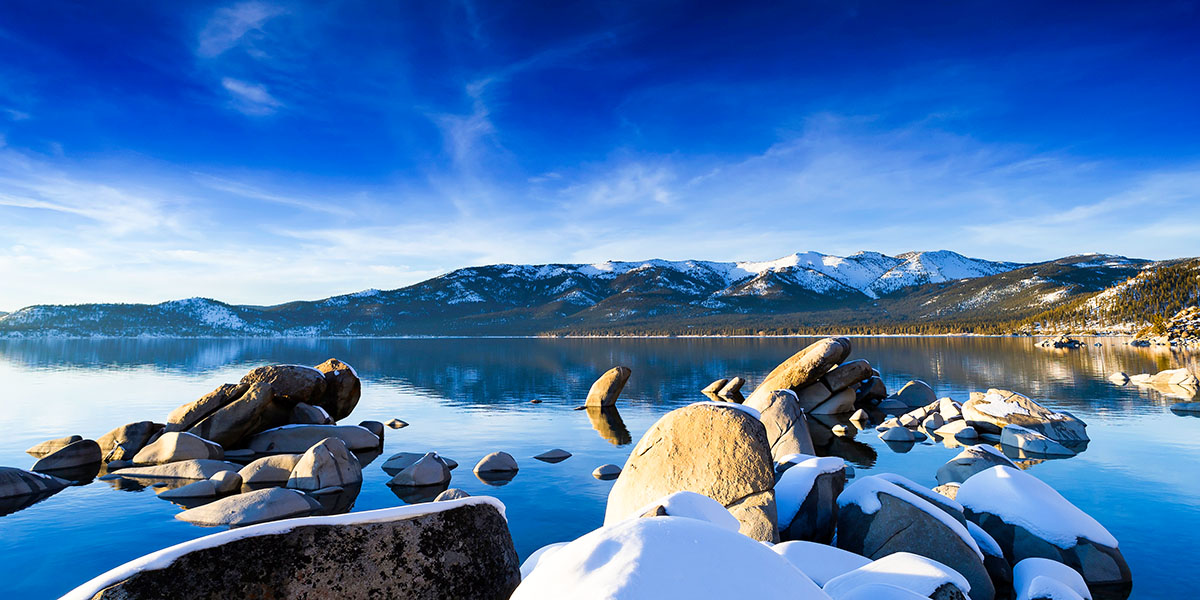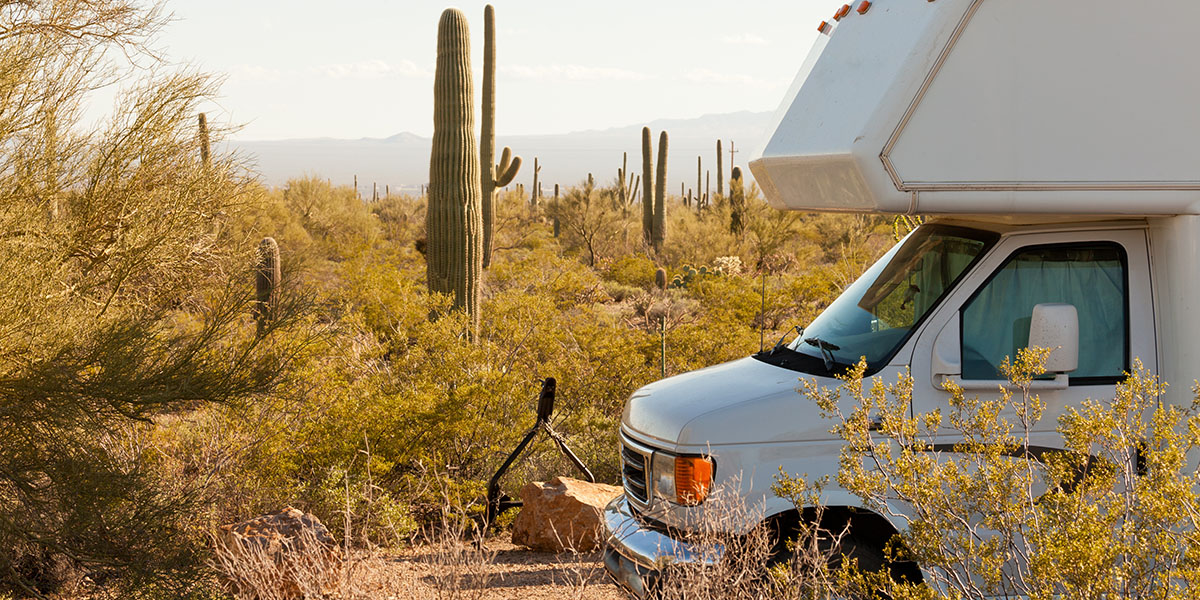RV tailgating has become a time-honored tradition at NASCAR races. Some stadiums even offer incredible infield camping, full RV hookups, and legendary fan gatherings that rival the race itself. Whether looking for a high-energy party atmosphere or a family-friendly weekend getaway, certain tracks stand out as must-visit destinations for RVers.
Wonder which NASCAR stadiums top the pole position for RV tailgating? You’re about to find out the top five. We’ll highlight the best camping options, amenities, and insider tips to help you make the most of your next race weekend. And, if you’re searching for the perfect RV to take your NASCAR tailgating experience to the next level, well … you know where to go.)
So, let’s fire up the grill, crack open a cold drink, and dive into the best NASCAR tracks for RV tailgating.
No. 1: Talladega Superspeedway – Lincoln, Alabama
NASCAR tailgating at Talladega Superspeedway is in a league of its own. Known for its breakneck speeds, legendary crashes, and wild infield parties, this track offers an atmosphere that’s as thrilling off the track as it is. Talladega is home to some of the most dedicated RV tailgaters in the sport. Many camp out for days or weeks before the race.
The track’s sprawling camping areas provide everything from free general camping to premium infield spots with unbeatable views. And let’s not forget Talladega Boulevard, where race fans transform the infield into an all-out festival complete with live music, games, and nonstop socializing. Whether you’re here for the race or the revelry, Talladega offers an unparalleled NASCAR experience that every RV enthusiast should have on their bucket list.
RV Tailgating Perks and Amenities
- Infield Camping: Offers prime locations inside the track, putting you in the middle of the action.
- Free and Premium Camping: General camping is free on a first-come, first-served basis, while premium spots offer full hookups and designated spaces.
- Multiple Camping Zones: Options range from family-friendly sites to the legendary party spots along Talladega Boulevard.
Tailgating Culture and Fan Experience
- Talladega Boulevard: The heart of the party, featuring concerts, themed tailgates, and a nonstop festival-like atmosphere.
- Big-Time NASCAR Action: Fans often witness the infamous “Big One” wrecks, making the race even more thrilling.
- Cookout Central: Fire up the grill — BBQ, burgers, and beer are tailgating staples here.
No. 2: Daytona International Speedway – Daytona Beach, Florida
Few tracks in motorsports carry as much prestige as Daytona International Speedway, home of the world-famous Daytona 500. This legendary venue is the birthplace of NASCAR’s biggest moments, drawing race fans nationwide. Daytona offers a perfect blend of history, high-speed thrills, and a coastal atmosphere that sets it apart from other tracks for RV tailgaters.
With infield camping that puts you right in the heart of the action and a variety of RV-friendly options surrounding the track, there’s no shortage of ways to experience the excitement. Off-track, Daytona’s nightlife, beachside attractions, and fan-friendly events make for an unforgettable race weekend. Whether it’s your first time or your tenth, there’s nothing quite like tailgating at The Great American Race.
RV Tailgating Perks and Amenities
- Infield Camping: Stay inside the track for a front-row seat to the action.
- Park West and Other RV Lots: Options for every budget, from dry camping to premium full-hookup sites.
- Beach Proximity: Enjoy a quick trip to the famous Daytona Beach after race day.
Tailgating Culture and Fan Experience
- Fan-Friendly Atmosphere: NASCAR enthusiasts nationwide come together for a welcoming, energetic tailgate scene.
- Concerts and Fireworks: Nighttime entertainment keeps the party going long after the checkered flag drops.
- Coastal Vibes: Nothing beats enjoying the race with an ocean breeze nearby.
No. 3: Bristol Motor Speedway – Bristol, Tennessee
There’s no NASCAR track quite like Bristol Motor Speedway. Often referred to as “The Last Great Colosseum,” this short track delivers high-intensity racing with aggressive bumper-to-bumper action that keeps fans on the edge of their seats. But what makes Bristol a standout destination for RV tailgaters is its unique stadium atmosphere and intimate fan experience.
Unlike sprawling superspeedways, Bristol’s small, high-banked oval ensures every RV camper is just steps away from the action. Add in the incredible Southern hospitality, legendary tailgate BBQs, and the electric energy of the Bristol Night Race, and you have a NASCAR experience unlike any other. Bristol is the place to be if you want to feel the power of 40 stock cars rumbling in a stadium-like setting.
RV Tailgating Perks and Amenities
- Infield and Trackside Camping: Various options offer incredible views of the race.
- Full-Hookup Sites: Some premium locations provide water, sewer, and electric connections.
- Terraced Camping: Elevated sites give RVers a bird’s-eye view of the action.
Tailgating Culture and Fan Experience
- Southern Hospitality Meets Racing Excitement: A great mix of hardcore fans and family-friendly vibes.
- Best BBQ Tailgates: Some of the best pre-race cookouts in NASCAR take place here.
- Night Races Add to the Thrill: The Bristol Night Race is one of the most electric events of the season.
No. 4: Charlotte Motor Speedway – Concord, North Carolina
As the heart of NASCAR country, Charlotte Motor Speedway is a dream destination for race fans and RV tailgaters. Located just outside Charlotte, North Carolina, this track is surrounded by racing history, from team headquarters to the NASCAR Hall of Fame.
What makes Charlotte stand out is its versatile race schedule, hosting everything from the grueling Coca-Cola 600 to the thrilling Bank of America ROVAL 400 that mixes road course and oval action. RVers have various camping options, from infield sites to nearby full-service resorts, making finding the perfect setup for a memorable tailgate easy. With family-friendly vibes and high-energy race-day excitement, Charlotte offers one of NASCAR’s most well-rounded tailgating experiences.
RV Tailgating Perks and Amenities
- Infield and Trackside Camping: Stay right where the action happens.
- Luxury RV Resorts Nearby: Full-service options for a more upscale experience.
- Near NASCAR Team HQs: Visit race shops and the NASCAR Hall of Fame.
Tailgating Culture and Fan Experience
- A mix of party and family-friendly atmospheres. Something for everyone.
- Live entertainment, driver Q&As, and prerace festivities make for a well-rounded weekend.
- It is surrounded by NASCAR history, making it the perfect destination for true racing enthusiasts.
No. 5: Texas Motor Speedway – Fort Worth, Texas
Everything is bigger in Texas, and Texas Motor Speedway is no exception. This 1.5-mile superspeedway is known for its high speeds, dramatic finishes, and an expansive infield that turns into a tailgating paradise on race weekends. As one of the largest tracks on the NASCAR circuit, it offers a variety of RV camping options, from budget-friendly dry camping to full-service luxury sites.
The Texas RV tailgating scene perfectly blends Southern hospitality, bold flavors, and passionate race-day energy, making it an ideal stop for RVers looking for an unforgettable NASCAR experience. With Fort Worth’s famous Stockyards just a short drive away, there’s plenty to explore beyond the track. Texas Motor Speedway is the place to be if you want a race weekend filled with big action, big flavors, and big fun.
RV Tailgating Perks and Amenities
- Affordable Dry Camping and Premium Hookups: Options for every budget.
- Speedway Club and VIP Camping: Upgrade your tailgate experience with luxury amenities.
- Wide, spacious campsites: Many RV camping areas provide extra space for grills, games, and socializing, giving you plenty of room to spread out and enjoy the weekend.
Tailgating Culture and Fan Experience
- Big, bold, and full of Texas pride. Expect top-tier BBQ and friendly fans.
- Infield camping provides unbeatable race views.
- Live music and entertainment add to the electric atmosphere, making race weekend feel like a festival.
Insider Tips for Hitting Up Your Favorite NASCAR Tracks
If you’re rolling into a NASCAR race in your RV, prepare for one of the most electric, high-energy camping experiences you’ll ever have. This isn’t your average peaceful campsite. It’s a rowdy, tire-squealing, engine-roaring festival where die-hard fans camp out for days or even a full wee) to soak up every second of the action. Whether it’s your first race or your fiftieth, these insider tips will help you score the best spots, prep like a pro, and make the most of your trackside stay.
Book Early … or Get Left Behind
- Infield and premium spots sell out months in advance.
- The closer you are to the track, the better the experience.
- Last-minute? You’ll likely be further out, but general camping is still an option.
Arrive Early to Claim Your Spot
- Some fans show up days before the race to grab prime real estate.
- Early arrival equals less traffic, more setup time, and better views.
Expect a Rowdy Atmosphere
- NASCAR campgrounds are not your quiet RV park.
- Music, all-night tailgates, and passionate fans keep the party going.
- If you’re looking for a peaceful getaway, this isn’t it.
Stock Up on Supplies Before You Arrive
- Nearby grocery stores and gas stations run low on essentials.
- Grab extra ice, charcoal, food, and drinks before you get to the track.
Prepare for Hot Weather
- Bring shade. Pop-up canopies and awnings are a must.
- Cooling fans and extra ice help beat the heat at tracks like Talladega or Daytona.
Upgrade to a Track-View Campsite (If You Can)
- Watching the race from your RV setup is a game-changer.
- These spots sell out fast, so book early if you want the best view.
Bring Leveling Blocks
- Some NASCAR campgrounds have uneven terrain.
- Keep your RV stable and avoid that downhill sleeping situation.
Explore the Local Racing Scene
- Many tracks have historic racing landmarks nearby.
- Check out museums, short tracks, and NASCAR team shops.
- Don’t miss the NASCAR Hall of Fame if you’re in Charlotte.
Start Your Engines: Your Next NASCAR Adventure Awaits
A NASCAR race isn’t just a sporting event. It’s a full-throttle, gas-fueled party that lasts for days. Plan, bring your race-day essentials, and embrace the atmosphere for an RV trip you’ll never forget. Whether you’re cheering from the infield, grilling at your campsite, or exploring the local racing scene, one thing’s for sure — once you camp at a NASCAR track, you’ll be hooked.
Looking to upgrade your RV for race weekends? Check out RV Trader today for the perfect setup for your next NASCAR adventure.

